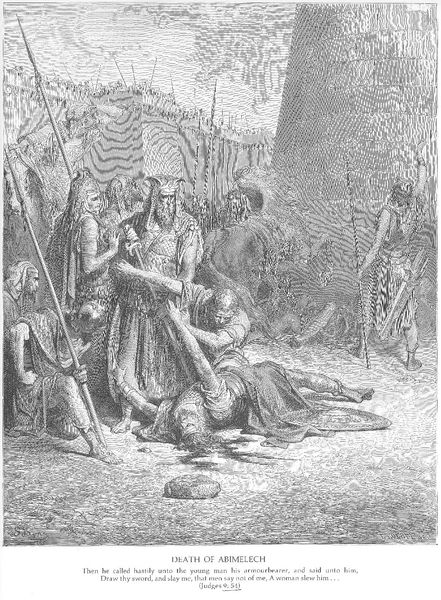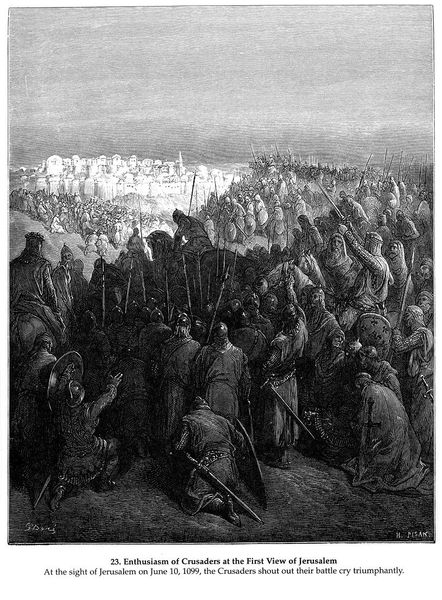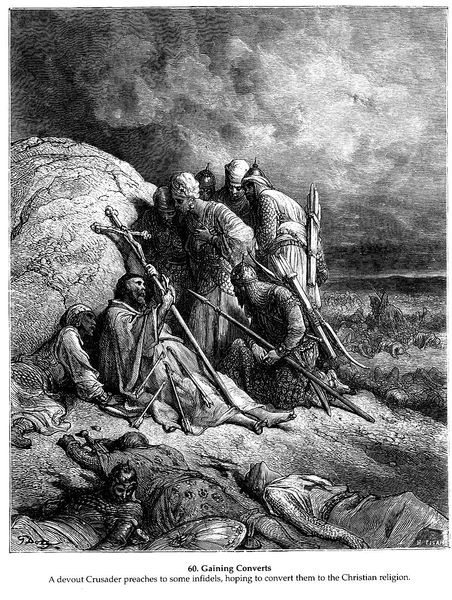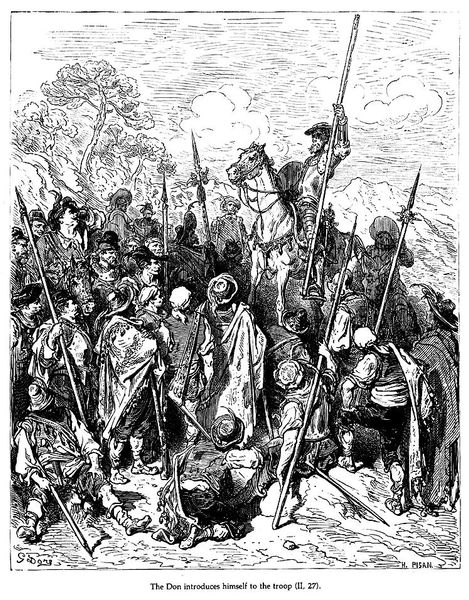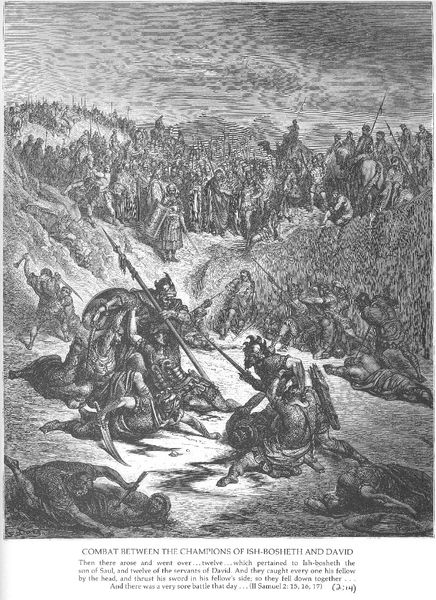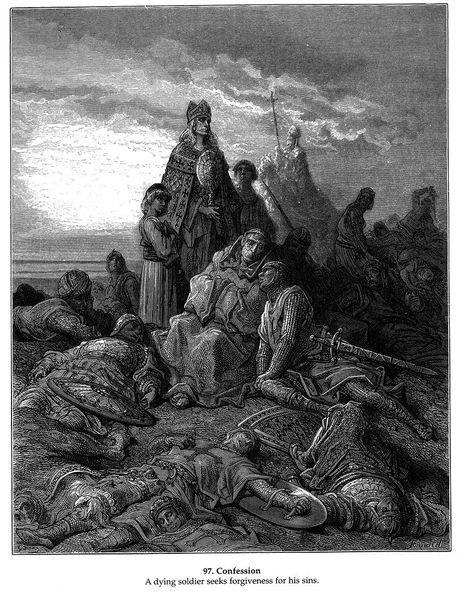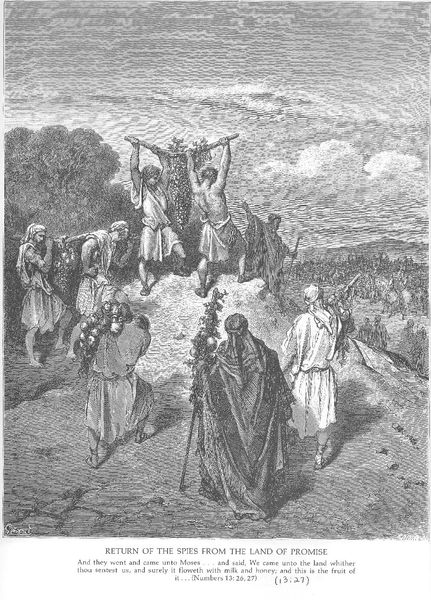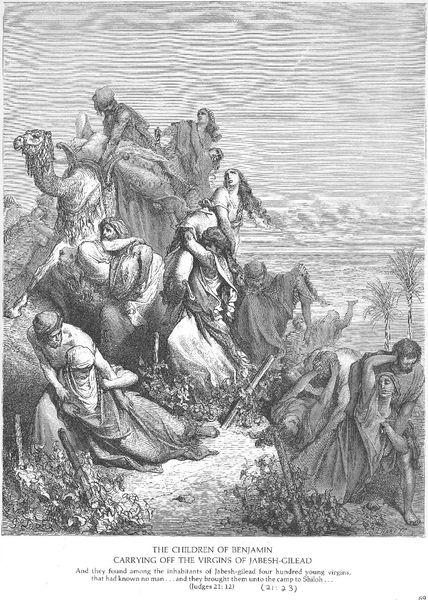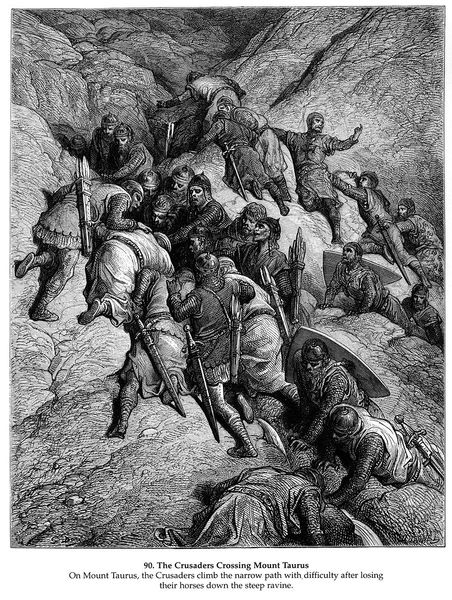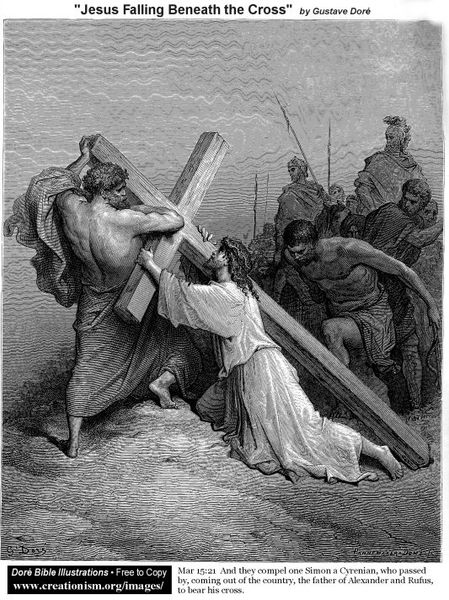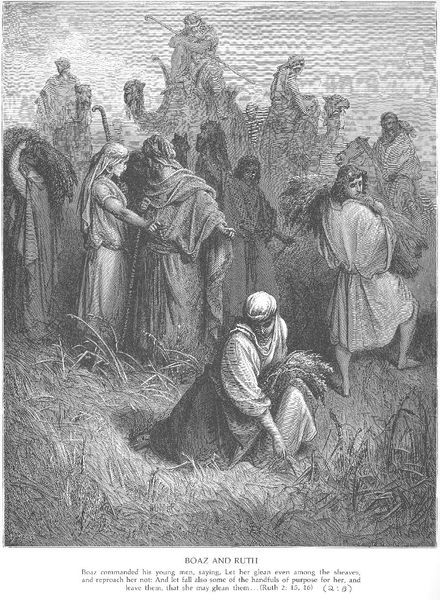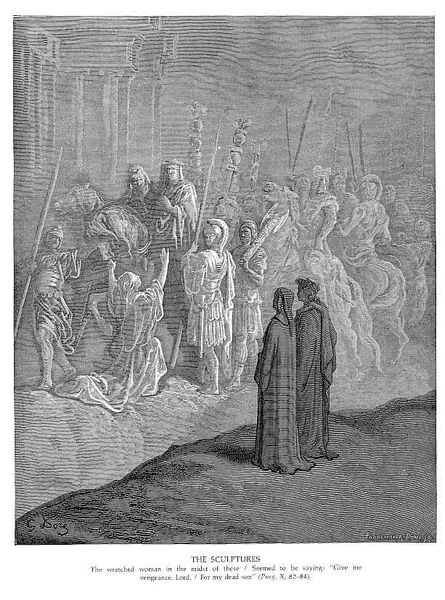
drawing, print, photography, ink, engraving
#
portrait
#
drawing
#
medieval
#
narrative-art
#
the-ancients
# print
#
death
#
pencil sketch
#
perspective
#
figuration
#
photography
#
ink
#
sketchwork
#
sketch
#
group-portraits
#
christianity
#
symbolism
#
animal drawing portrait
#
portrait drawing
#
pencil work
#
history-painting
#
engraving
Copyright: Public domain
Gustave Dore made this engraving titled ‘The Death of Agag’, sometime in the 19th century. It depicts a scene from the Old Testament, where King Agag is executed by the prophet Samuel. But why would an artist in 19th century France choose this brutal subject? Religious imagery was common in European art, but Dore’s focus on violence reflects the period’s social and political turmoil. France had experienced revolution, empire, and restoration. Social norms were rapidly changing, and many artists questioned traditional values. Dore’s stark, dramatic style—influenced by Romanticism—resonated with a public grappling with these shifts. His images often explored themes of justice, morality, and power, challenging viewers to confront uncomfortable aspects of their society. Understanding this artwork requires us to consider the complex interplay between religious tradition, artistic innovation, and social change. Resources like historical archives, theological studies, and critical essays on Dore's work can provide deeper insights into its meaning. Ultimately, ‘The Death of Agag’ reminds us that art is always embedded in the social and institutional contexts of its time.
Comments
No comments
Be the first to comment and join the conversation on the ultimate creative platform.
